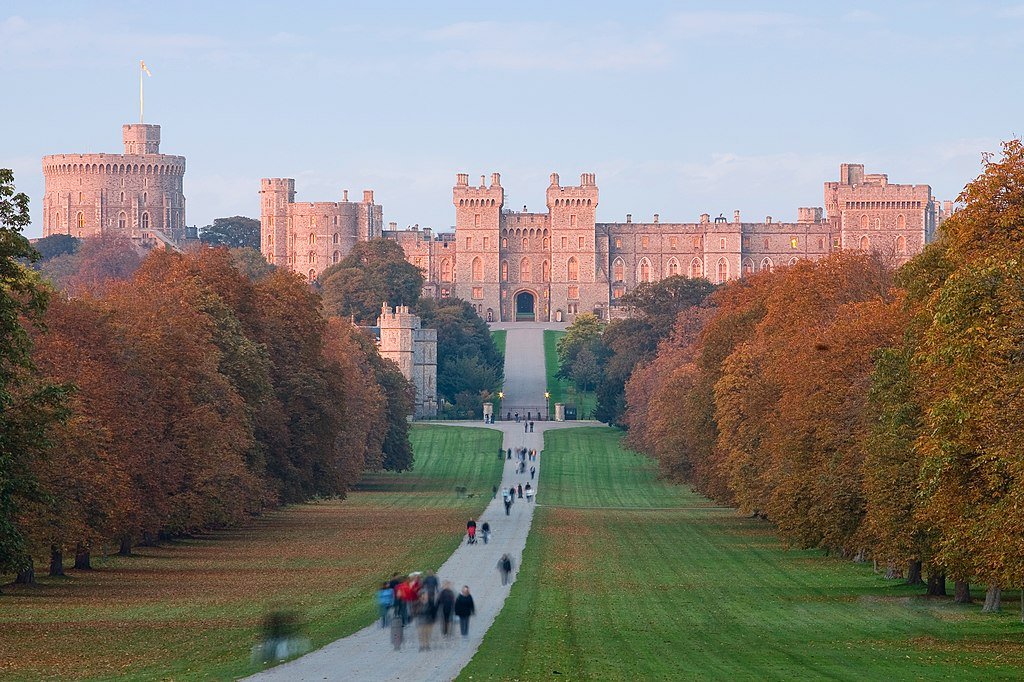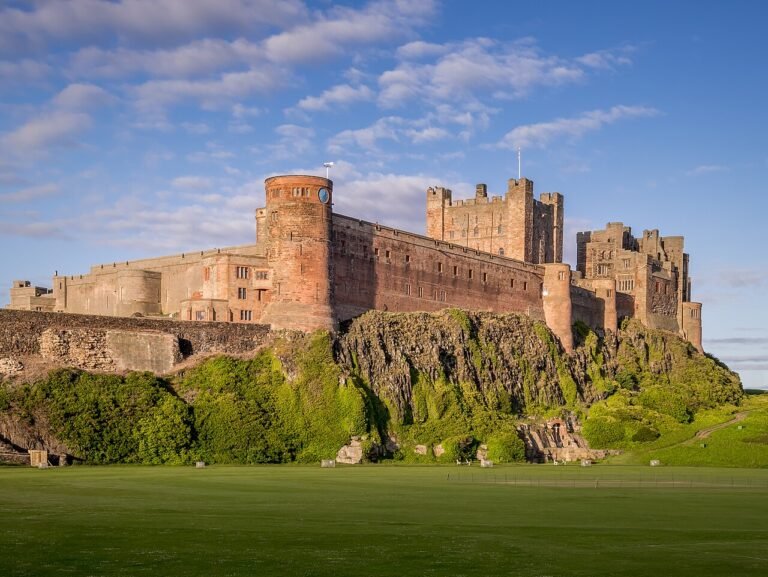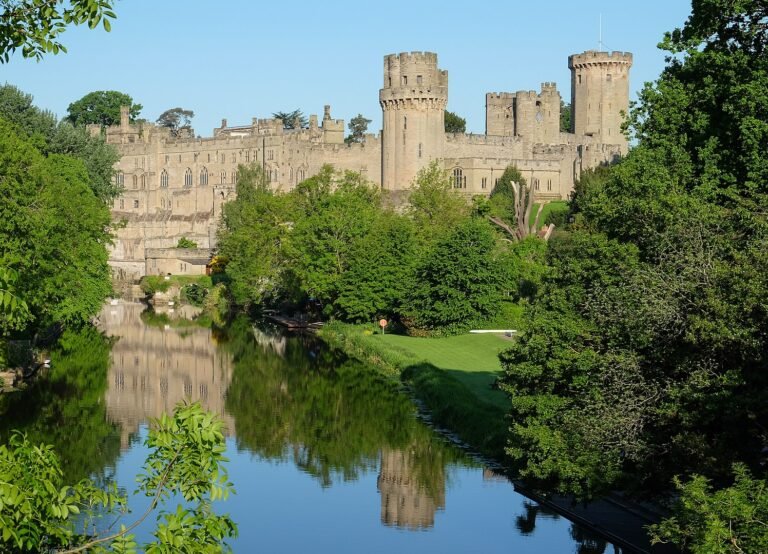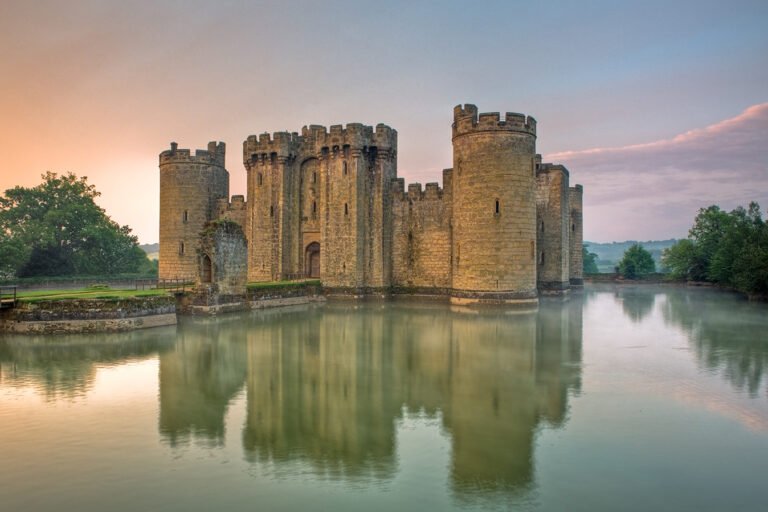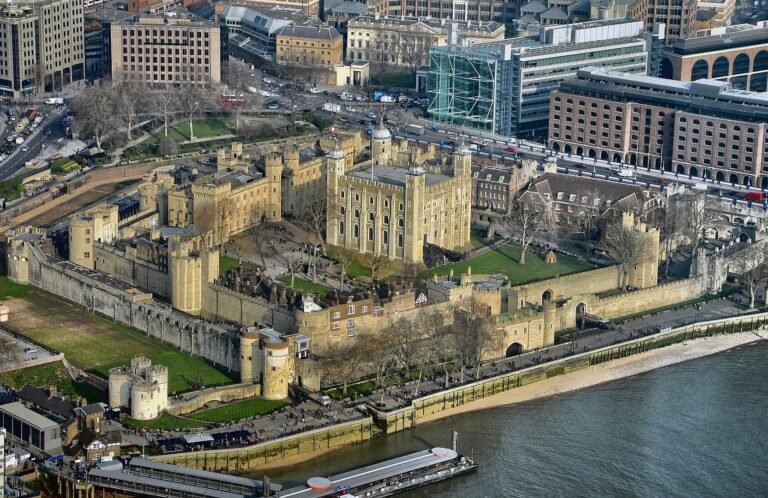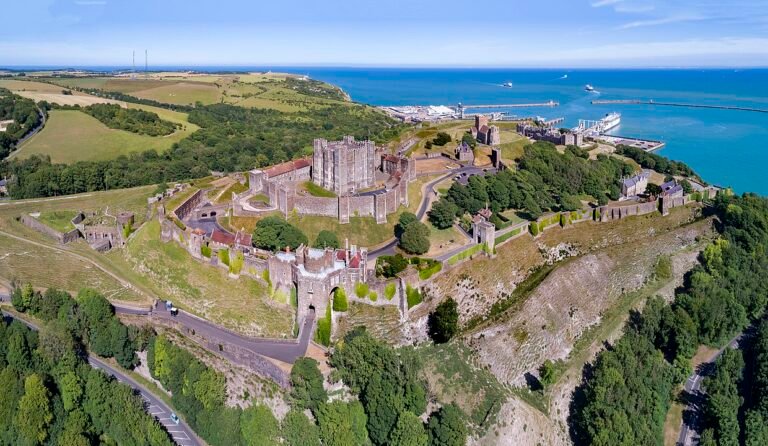Windsor Castle: A Millennium of Majesty and Modern Appeal
Windsor Castle: Windsor Castle is more than a royal palace; it’s a living historic treasure with over a thousand years of architectural grandeur, ceremony, and heritage. Here’s everything travellers, from families to solo explorers, should know when planning their London-adjacent journey.
A Storied Legacy Through the Centuries
Origins and Evolution
Founded around 1070 by William the Conqueror as a motte-and-bailey fortress guarding London’s western approach, Windsor Castle has evolved through additions by Henry II, Henry III, Edward III, Charles II, and George IV, each monarch leaving an architectural or stylistic impression. It stands today as the oldest and largest occupied castle in the world, a continuous royal home for some 40 monarchs.
Royal Residence and Restoration
Beyond its function as home to monarchs past and present, Windsor also operates as a working palace hosting investitures, state banquets, and royal audiences. In 1992, a dramatic fire damaged dozens of historic rooms, leading to an award-winning £36 million restoration project, partly funded by opening Buckingham Palace to the public for the first time.
Facts & Figures That Wow
- 13 acres in size, the castle occupies a vast complex of wards, chapels, apartments, and ceremonial halls.
- State Apartments & Treasures: Marvel at artworks by Rembrandt, Rubens, Michelangelo, Da Vinci, Van Dyck, and more.
- Royal Dollhouse: Queen Mary’s Dolls’ House, an exquisite 1920s miniature palace, features electricity, running water, and working lifts.
- Ancient Features: The Great Kitchen is the oldest in England, in continuous use since around 1360.
- Staffed with Care: A dedicated fendersmith tends 300 fireplaces, while a horological conservator maintains nearly 400 historic clocks, including one kept five minutes fast for royal meals.
Highlights Worth Your Visit
- St George’s Chapel: Founded under Edward III (completed 1511), this Grade I-listed Gothic chapel hosts royal weddings and burials (including Queen Elizabeth II) and is the spiritual home of the Order of the Garter.
- Changing of the Guard: A ceremonial tradition reminiscent of Buckingham, best viewed around 11 am.
- Waterloo Ceremony: Annually held on 18 June, the Duke of Wellington symbolically pays rent in the form of a flag, a ritual born of history and waiting to be seen.
Visiting Tips at a Glance
- Opening & Duration: Tours typically take 1½ to 2 hours. St George’s Chapel closes 16:00 (though evensong is at 17:15); open to worshippers on Sundays only.
- Tickets & Access: Standard entry in 2025 is approx. £31 in advance (£35 on the day) for adults, with concessions available. The castle is located atop a steep hill; comfortable shoes are essential.
- Re-admission: Convert your ticket into a 1-Year Pass for complimentary re-entry, a great value for extended exploration.
- Photography: Permitted in many parts, watch for signage. For families, multimedia guides, trails, and downloadable activities are available.
- Dress & Flow: Expect security checks, stairs, and outdoor walking. Plan for refreshment breaks, e.g., at the Undercroft Café, one of the oldest spaces in the castle.
Sample Itineraries for All Tastes
1-Day Itinerary: “Castle Essentials”
- Morning: Train into Windsor & Eton Central → stroll The Long Walk.
- Late Morning: Explore State Apartments, the Great Kitchen, and Queen Mary’s Dolls’ House.
- Lunch: Pausing for tea and cake in the Undercroft Café.
- Afternoon: Visit St George’s Chapel → catch Changing of the Guard.
- Evening: Wander Windsor town centre, dine in a cosy pub or riverside café.
2–3 Day Regional Loop: “Heritage & Surrounds”
- Day 1: Full castle visit, including the Waterloo Ceremony (if timed right), followed by dinner at a gastropub or market sampling.
- Day 2: Visit Eton College, boat trip on the Thames or Windsor Great Park exploration, afternoon at LEGOLAND (great for children) or local breweries and independent shops.
- Day 3: Leisurely brunch, followed by walking tours focusing on Shakespearean links, the town’s darker history, or scenic countryside landscapes.
Eat & Sleep: From Cosy to Upscale
- Budget–Mid: High Street pubs like The Duchess of Cambridge, riverside cafés, or independent outlets.
- Boutique & Elegant: Cliveden House for a refined stay; Windsor Royal Station area or four-star options like Cavendish House and Macdonald Windsor are also convenient.
- For Foodies: Michelin-starred indulgence at The Fat Duck or Waterside Inn, both a short drive away. Or savour local markets and gastropubs within town.
Seasons & Speciality Moments
- Spring/Summer: Catch colourful estates and longer tour hours; Changing of the Guard repeats daily.
- Autumn/Winter: A peaceful atmosphere and evocative light for photography; St George’s Chapel services are a comforting highlight.
- Special Ceremonies: Attend the Waterloo Ceremony in June or time your visit to avoid royal event‑driven crowds.
Windsor Castle in Broader UK Travel Themes
- Heritage Tourism: Pair with other royal homes like Hampton Court Palace or Balmoral for a regal itinerary.
- Castles and Countryside Trails: Blend with Windsor Great Park, Eton wanderings, or Cotswolds drives.
- Film & Culture: Venture into Shakespearean Windsor or explore settings immortalised in royal pageants.
- Family & Food Trails: Combine LEGOLAND day-tripping with sampling local breweries, markets, and historic inns.
- Rail‑and‑Road Trip Gateway: Ideal for branching out to Oxford, Bath, or the West Country.
Final Flourish
Windsor Castle delivers centuries of royalty, artistry, ceremony, and lived history in one navigable, compact package that appeals to every traveller: families, couples, and solo adventurers alike. Whether you come for the majesty of its State Apartments, the reverent calm of St George’s Chapel, or the charm of nearby town and parklands, you’re in for a memorable, multifaceted UK experience.
FAQs: Windsor Castle
What is Windsor Castle?
Windsor Castle is an official residence of the British monarch. It is the oldest and largest occupied castle in the world, with a history spanning over 900 years. It is a working royal palace, a ceremonial venue, and a major tourist attraction.
Where is it located?
The castle is located in the town of Windsor in the county of Berkshire, England. It is situated on the River Thames, west of London, making it a popular day trip destination from the capital.
What is its historical significance?
Windsor Castle was originally founded by William the Conqueror in the 11th century. It has been a continuous residence for 40 monarchs, and its architecture reflects a wide range of periods and styles, from the medieval to the Georgian and Victorian eras. It has been the scene of many major royal events, including weddings and state ceremonies.
What are the main attractions at Windsor Castle?
Visitors can explore the magnificent State Apartments, which are furnished with some of the finest works of art from the Royal Collection. Other highlights include St. George’s Chapel, a stunning example of Gothic architecture and the burial place of 11 monarchs, and Queen Mary’s Dolls’ House, an incredibly detailed miniature royal residence.
Is Windsor Castle open to the public?
Yes, Windsor Castle is open to the public throughout the year. The castle is a popular visitor destination, so it is recommended to book tickets in advance. Visitors can also often witness the traditional Changing of the Guard ceremony in the castle grounds.
